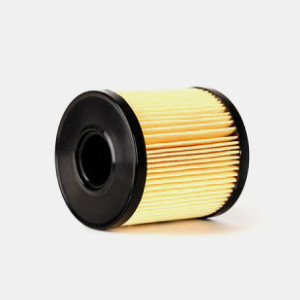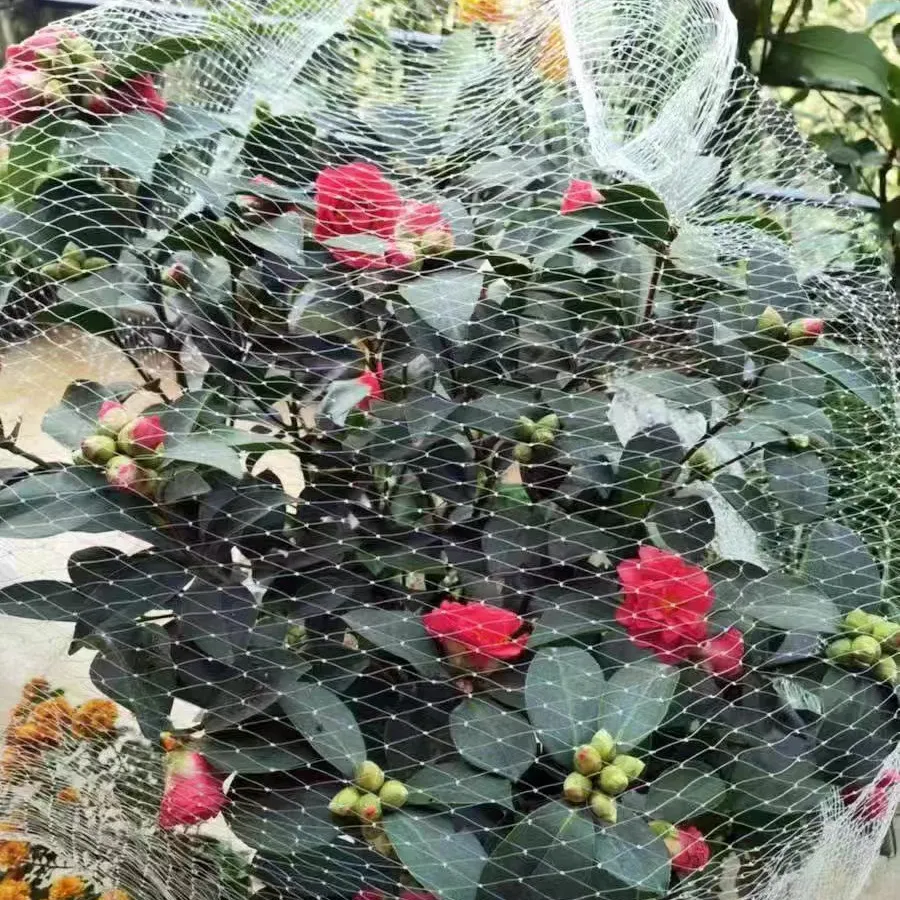-
 Afrikaans
Afrikaans -
 Albanian
Albanian -
 Amharic
Amharic -
 Arabic
Arabic -
 Armenian
Armenian -
 Azerbaijani
Azerbaijani -
 Basque
Basque -
 Belarusian
Belarusian -
 Bengali
Bengali -
 Bosnian
Bosnian -
 Bulgarian
Bulgarian -
 Catalan
Catalan -
 Cebuano
Cebuano -
 China
China -
 Corsican
Corsican -
 Croatian
Croatian -
 Czech
Czech -
 Danish
Danish -
 Dutch
Dutch -
 English
English -
 Esperanto
Esperanto -
 Estonian
Estonian -
 Finnish
Finnish -
 French
French -
 Frisian
Frisian -
 Galician
Galician -
 Georgian
Georgian -
 German
German -
 Greek
Greek -
 Gujarati
Gujarati -
 Haitian Creole
Haitian Creole -
 hausa
hausa -
 hawaiian
hawaiian -
 Hebrew
Hebrew -
 Hindi
Hindi -
 Miao
Miao -
 Hungarian
Hungarian -
 Icelandic
Icelandic -
 igbo
igbo -
 Indonesian
Indonesian -
 irish
irish -
 Italian
Italian -
 Japanese
Japanese -
 Javanese
Javanese -
 Kannada
Kannada -
 kazakh
kazakh -
 Khmer
Khmer -
 Rwandese
Rwandese -
 Korean
Korean -
 Kurdish
Kurdish -
 Kyrgyz
Kyrgyz -
 Lao
Lao -
 Latin
Latin -
 Latvian
Latvian -
 Lithuanian
Lithuanian -
 Luxembourgish
Luxembourgish -
 Macedonian
Macedonian -
 Malgashi
Malgashi -
 Malay
Malay -
 Malayalam
Malayalam -
 Maltese
Maltese -
 Maori
Maori -
 Marathi
Marathi -
 Mongolian
Mongolian -
 Myanmar
Myanmar -
 Nepali
Nepali -
 Norwegian
Norwegian -
 Norwegian
Norwegian -
 Occitan
Occitan -
 Pashto
Pashto -
 Persian
Persian -
 Polish
Polish -
 Portuguese
Portuguese -
 Punjabi
Punjabi -
 Romanian
Romanian -
 Russian
Russian -
 Samoan
Samoan -
 Scottish Gaelic
Scottish Gaelic -
 Serbian
Serbian -
 Sesotho
Sesotho -
 Shona
Shona -
 Sindhi
Sindhi -
 Sinhala
Sinhala -
 Slovak
Slovak -
 Slovenian
Slovenian -
 Somali
Somali -
 Spanish
Spanish -
 Sundanese
Sundanese -
 Swahili
Swahili -
 Swedish
Swedish -
 Tagalog
Tagalog -
 Tajik
Tajik -
 Tamil
Tamil -
 Tatar
Tatar -
 Telugu
Telugu -
 Thai
Thai -
 Turkish
Turkish -
 Turkmen
Turkmen -
 Ukrainian
Ukrainian -
 Urdu
Urdu -
 Uighur
Uighur -
 Uzbek
Uzbek -
 Vietnamese
Vietnamese -
 Welsh
Welsh -
 Bantu
Bantu -
 Yiddish
Yiddish -
 Yoruba
Yoruba -
 Zulu
Zulu
Agricultural Shade Netting - Durable UV & Insect Resistant Crop Protection
- Introduction to Agricultural Protective Netting Solutions
- Technical Advantages of Modern Shade Netting
- Performance Comparison: Top Manufacturers Analyzed
- Customization Options for Specific Crop Requirements
- Implementation Strategies Across Farm Sizes
- Quantifiable Results from Real-World Deployments
- Future-Proofing Agriculture with Specialized Netting

(agricultural shade netting)
Enhancing Crop Protection Through Agricultural Shade Netting
Modern farming operations increasingly rely on agricultural shade netting
to combat climate volatility. These specialized fabrics regulate temperature (±3°C), reduce solar radiation by 30-75%, and decrease water evaporation rates by 45% compared to open-field cultivation. The global market for crop protection nets reached $3.8 billion in 2023, with 6.2% annual growth driven by extreme weather patterns.
Engineering Superiority in Crop Protection Systems
High-density polyethylene (HDPE) nets with UV stabilizers demonstrate 92% tensile strength retention after 5 years of continuous use. Advanced knitting patterns achieve 0.25mm precision in mesh spacing, creating microclimates that boost photosynthesis efficiency by 18%. Triple-layer laminated variants block 98% of harmful UV-C radiation while maintaining 85% PAR transmission.
Manufacturer Capability Assessment
| Brand | Material Composition | Shade Variation | Warranty Period | Price/Sq.m ($) |
|---|---|---|---|---|
| AgriShield Pro | HDPE + UV14 | 35%-80% | 8 years | 1.45 |
| CropArmor Ultra | PP + Nano-coating | 40%-90% | 6 years | 1.20 |
| GreenHaven Plus | Recycled PE | 30%-70% | 10 years | 1.65 |
Tailored Solutions for Diverse Agricultural Needs
Modular netting systems accommodate various configurations:
- Adjustable density panels (300-850 gsm)
- Multi-spectral filtering options
- Retractable roof mechanisms
- Integrated insect barrier layers (60 mesh/cm²)
Precision-cut installations achieve 98% coverage accuracy across irregular terrain, reducing material waste by 22% compared to standard solutions.
Operational Scaling Strategies
Commercial greenhouses using agricultural insect netting report 34% reduction in pesticide use. For smallholders, retractable systems yield 19% higher ROI within 18 months. Containerized deployment kits enable rapid installation (0.5ha/day) versus traditional methods requiring 3-5 days.
Documented Efficiency Improvements
A 12-hectare berry farm achieved these results after implementing 55% density netting:
| Metric | Pre-Installation | Post-Installation |
|---|---|---|
| Yield (tons/ha) | 8.2 | 11.7 |
| Water Usage | 6500m³ | 4800m³ |
| Sunburn Damage | 23% | 4% |
Sustainable Farming with Advanced Agricultural Netting
Third-generation agricultural shade netting now integrates IoT sensors that monitor microclimate conditions with 0.1°C accuracy. These smart systems automatically adjust shading levels, achieving 27% energy savings in climate-controlled environments. Manufacturers now offer carbon-neutral production lines that reduce embodied emissions by 41% per square meter.

(agricultural shade netting)
FAQS on agricultural shade netting
Q: What is agricultural shade netting used for?
A: Agricultural shade netting protects crops from excessive sunlight, reduces heat stress, and regulates temperature and humidity in greenhouses or open fields.
Q: How does agricultural insect netting differ from regular shade netting?
A: Agricultural insect netting is woven tightly to block pests while allowing airflow, whereas regular shade netting focuses on light and temperature control without pest prevention.
Q: What materials are used in agricultural netting?
A: Most agricultural netting is made from durable, UV-stabilized polyethylene (HDPE) or polypropylene, ensuring longevity and resistance to weather conditions.
Q: How do I install agricultural shade netting?
A: Secure the netting over crops using poles, frames, or anchor clips, ensuring it’s taut to prevent sagging and evenly distributes shade coverage.
Q: Can agricultural shade netting help reduce water usage?
A: Yes, by lowering evaporation rates and maintaining consistent soil moisture, shade netting minimizes the need for frequent irrigation.
-
Why Construction Steel Mesh is the Backbone of Modern InfrastructureNewsJun.27,2025
-
The Ultimate Solution for Versatile Industrial and Consumer ApplicationsNewsJun.27,2025
-
Smart Breeding Starts Here: The Ideal Breeder Net for GuppiesNewsJun.27,2025
-
Maximize Your Harvest with Smart NetNewsJun.27,2025
-
High-Performance Steel Mesh Solutions for Modern IndustryNewsJun.27,2025
-
Durable Solutions for Modern Agriculture and LandscapingNewsJun.27,2025











